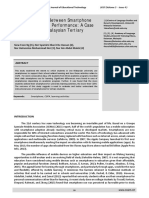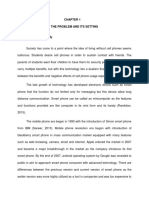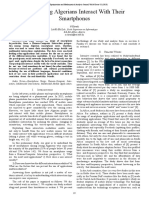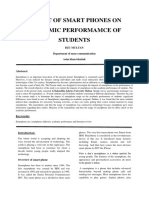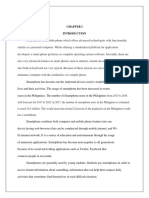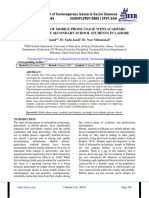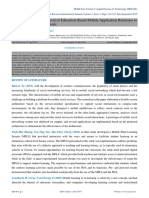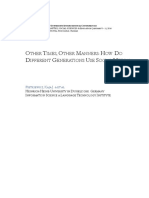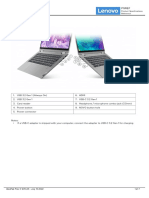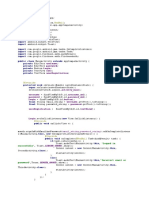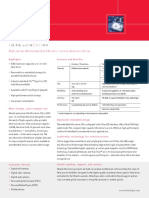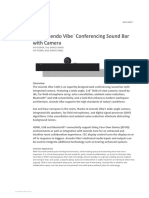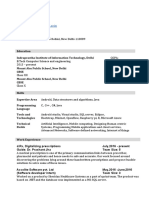0% found this document useful (0 votes)
43 views7 pagesInvestigating Daily Mobile Device Use Among University Students in Indonesia
This study investigates daily mobile device use among Indonesian university students, revealing that 55.49% spend over five hours daily on their devices. Factors influencing this usage include gender, socioeconomic status, and regular use of social media and gaming apps, with female students and those with high SES spending more time on their devices. The findings contribute to understanding the relationship between mobile technology and education in Indonesia, highlighting the need for further research in this area.
Uploaded by
Paddy Nji KilyCopyright
© © All Rights Reserved
We take content rights seriously. If you suspect this is your content, claim it here.
Available Formats
Download as PDF, TXT or read online on Scribd
0% found this document useful (0 votes)
43 views7 pagesInvestigating Daily Mobile Device Use Among University Students in Indonesia
This study investigates daily mobile device use among Indonesian university students, revealing that 55.49% spend over five hours daily on their devices. Factors influencing this usage include gender, socioeconomic status, and regular use of social media and gaming apps, with female students and those with high SES spending more time on their devices. The findings contribute to understanding the relationship between mobile technology and education in Indonesia, highlighting the need for further research in this area.
Uploaded by
Paddy Nji KilyCopyright
© © All Rights Reserved
We take content rights seriously. If you suspect this is your content, claim it here.
Available Formats
Download as PDF, TXT or read online on Scribd
/ 7

